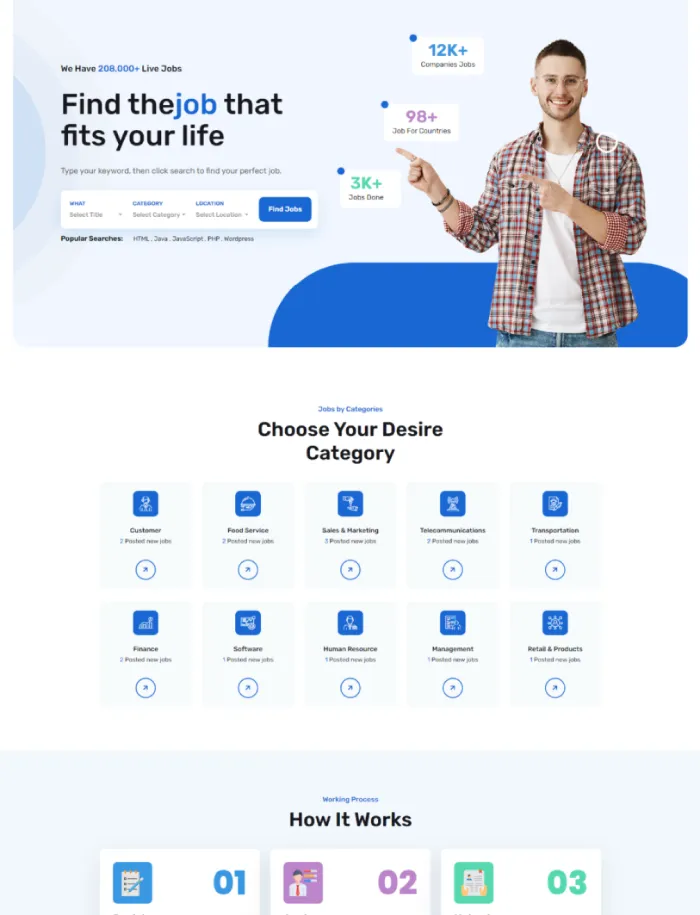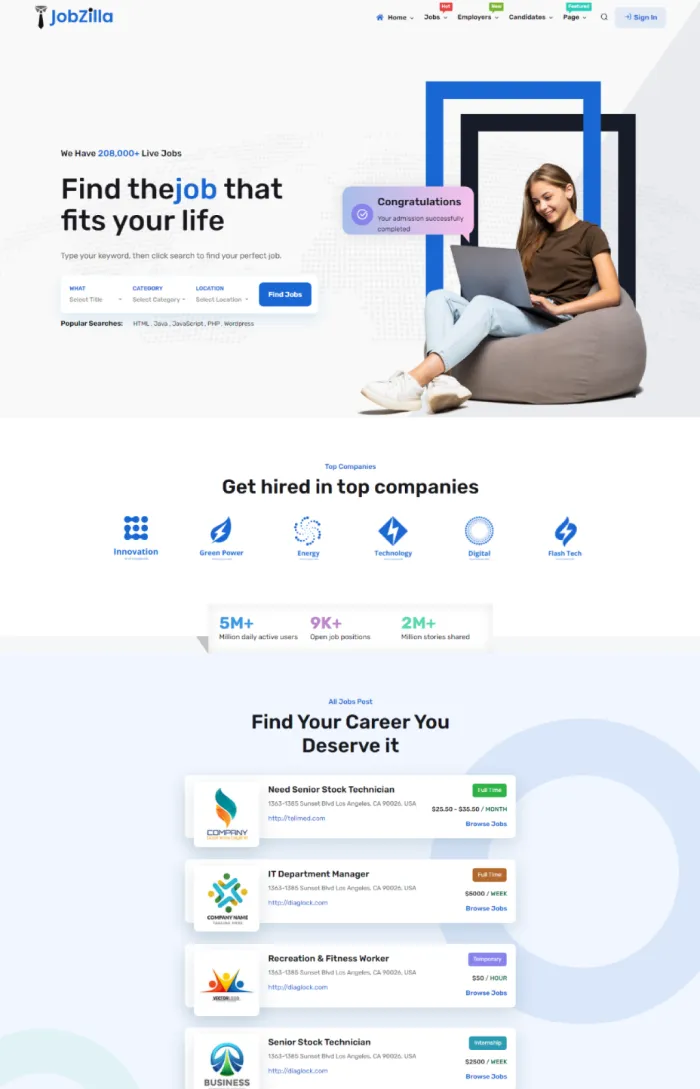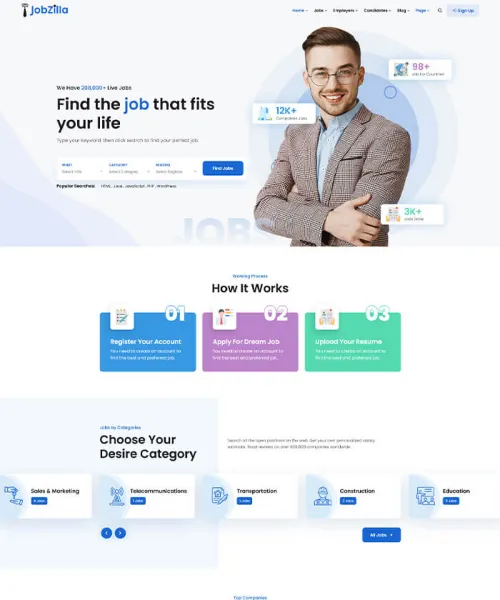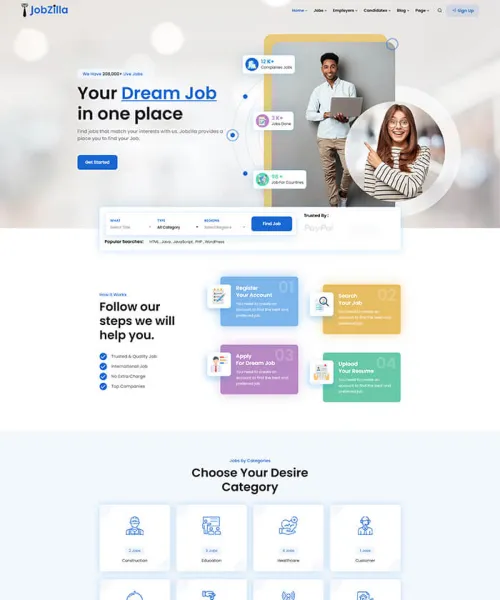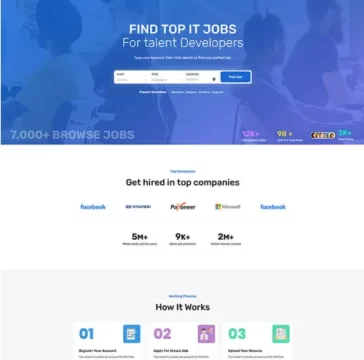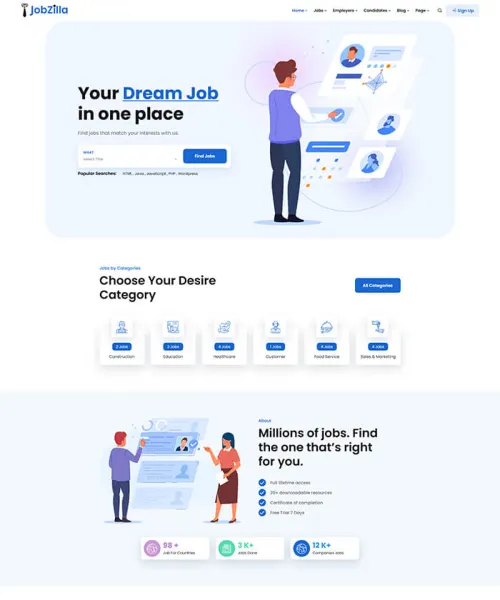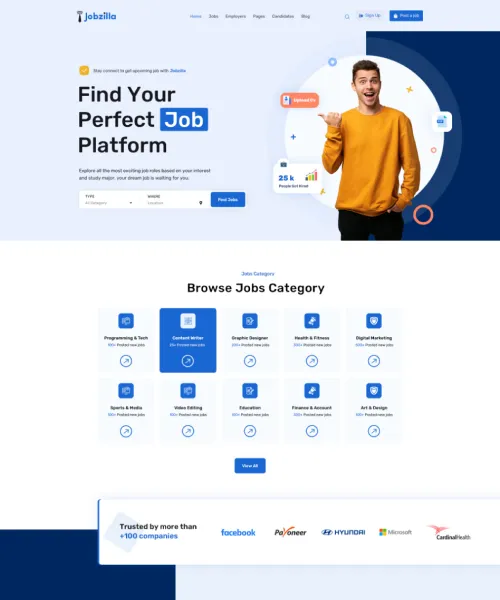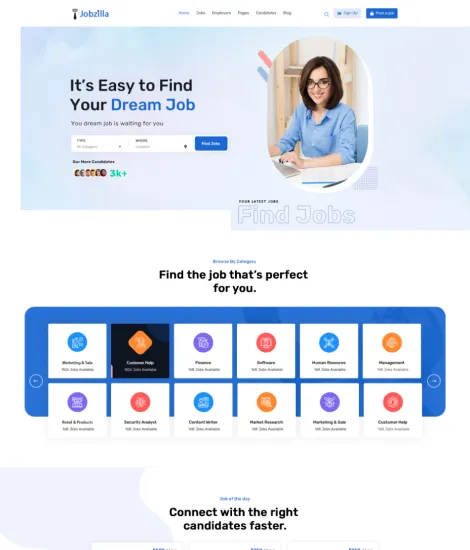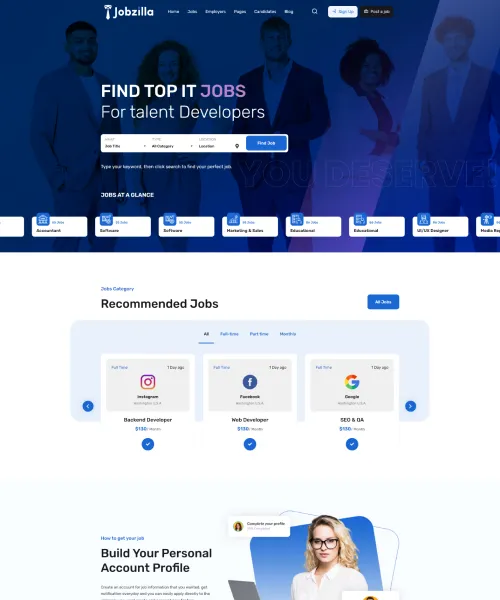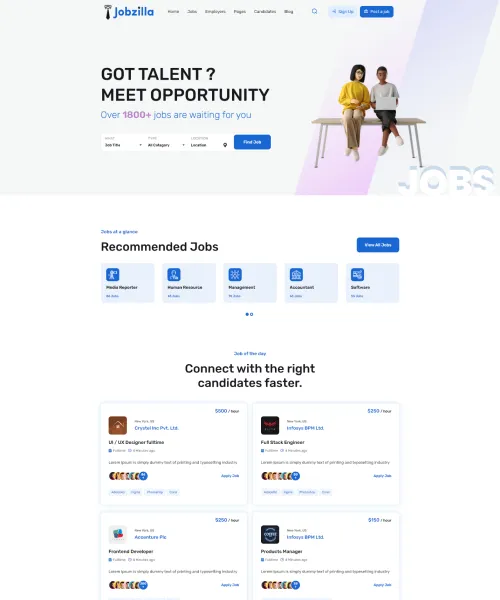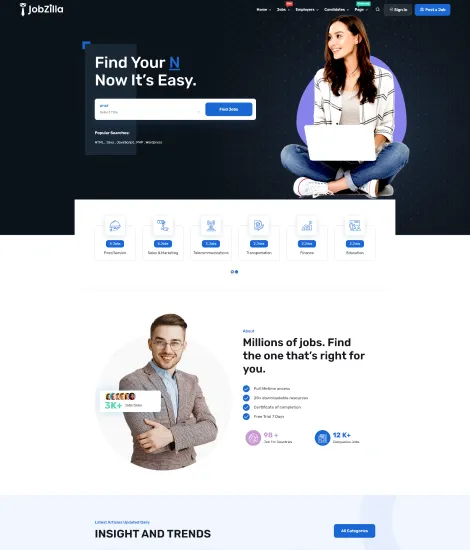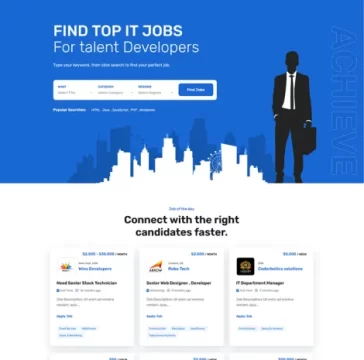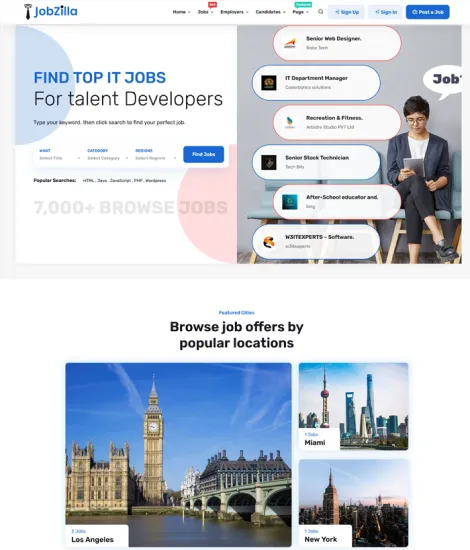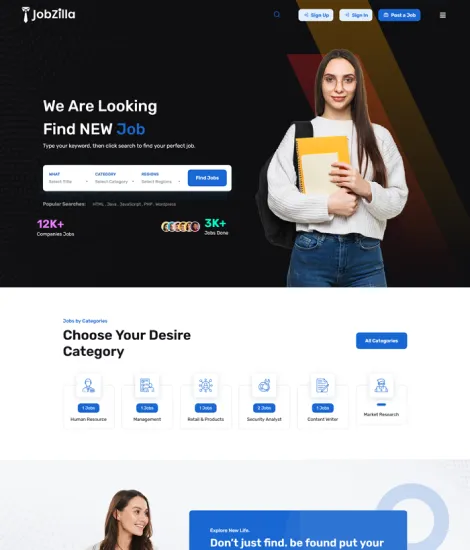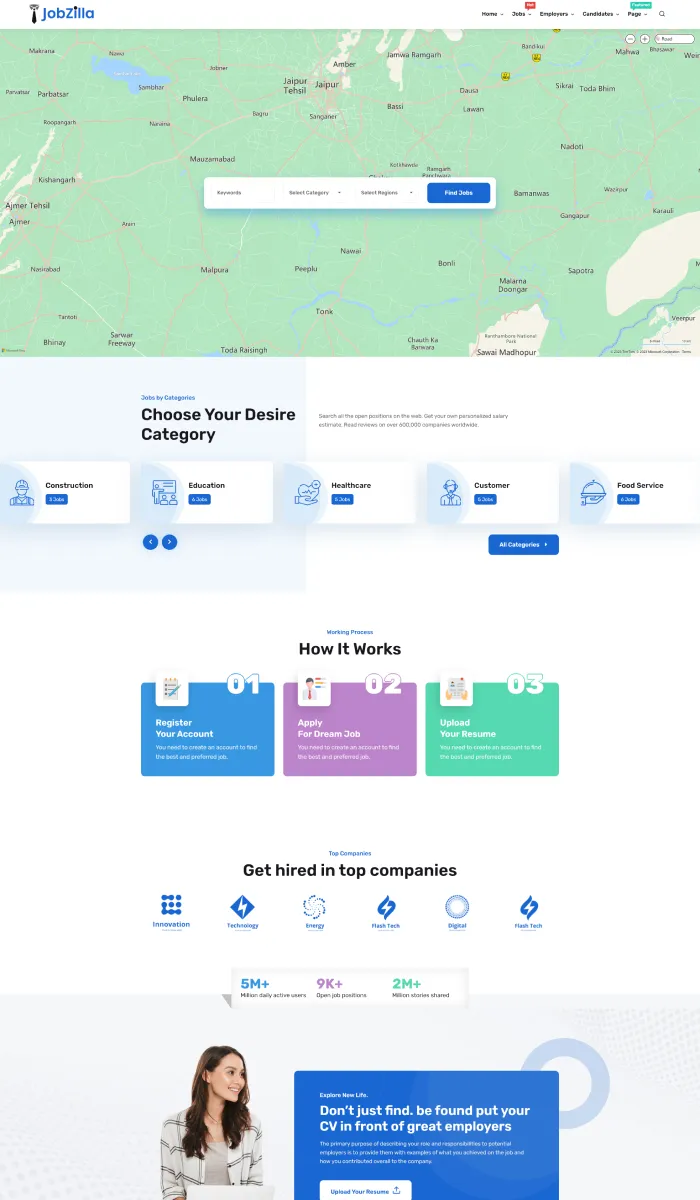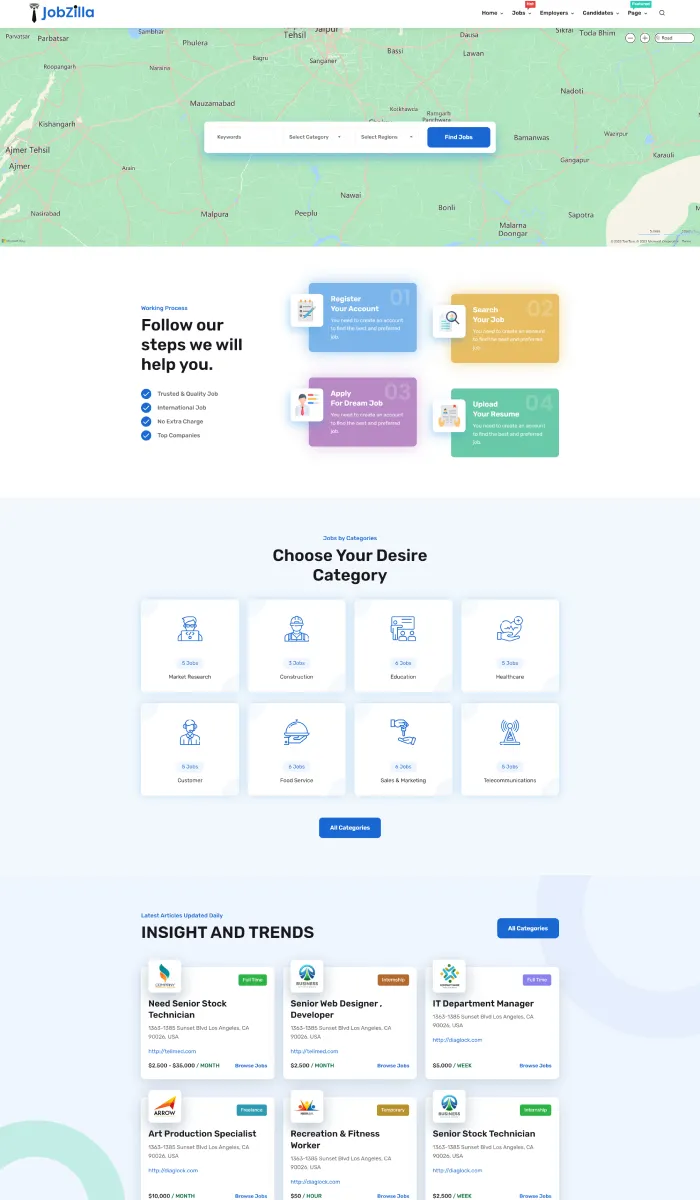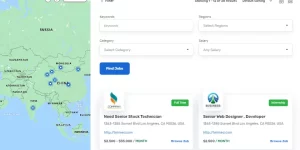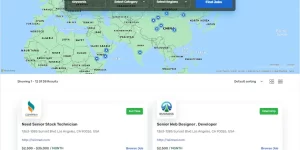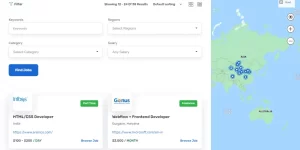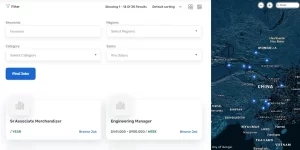Mastering User Engagement Metrics Optimization for Content Personalization: A Practical Deep-Dive
Optimizing user engagement metrics is at the core of effective content personalization strategies. While basic metrics like click-through rate (CTR) and dwell time are familiar, truly leveraging them for actionable insights requires a nuanced, technically detailed approach. This article explores a comprehensive, step-by-step methodology to enhance engagement metrics, grounded in advanced data collection, segmentation, and personalization techniques, with practical examples and troubleshooting tips.
Table of Contents
- 1. Establishing Precise User Engagement Goals for Content Personalization
- 2. Implementing Advanced Data Collection Techniques for Granular User Insights
- 3. Segmenting Users Based on Engagement Patterns and Content Preferences
- 4. Personalization Algorithms: Fine-tuning for Engagement Optimization
- 5. Optimizing Content Delivery for Different User Segments
- 6. Practical Techniques for Enhancing Engagement Metrics
- 7. Addressing Common Challenges and Pitfalls
- 8. Case Study: Step-by-step Implementation of Engagement Metrics Optimization
- 9. Reinforcing the Value: Connecting Engagement Optimization to Broader Content Strategy
1. Establishing Precise User Engagement Goals for Content Personalization
a) Defining Key Engagement Metrics (Click-through Rate, Dwell Time, Conversion Rate)
Begin by selecting metrics that directly reflect your content goals. For instance, Click-through Rate (CTR) measures immediate interest, while dwell time indicates content depth engagement. Conversion rate reveals how engagement translates into desired actions, such as sign-ups or purchases. To implement precise tracking, leverage analytics platforms like Google Analytics 4 or Mixpanel, configuring event tracking for each metric.
| Metric | Definition | Actionable Example |
|---|---|---|
| CTR | Ratio of users who click a link to total users who view it. | Track link clicks within blog posts to measure interest in specific topics. |
| Dwell Time | Duration a user spends on a page. | Set up automatic timers in your analytics to record how long users stay on key landing pages. |
| Conversion Rate | Percentage of users completing a desired action. | Track form submissions, purchases, or newsletter sign-ups as conversions. |
b) Setting Quantifiable Targets Aligned with Business Objectives
Quantitative targets translate abstract goals into measurable benchmarks. For example, aim to increase CTR by 15% over the next quarter or boost average dwell time by 20 seconds. Use historical data to establish baseline metrics, then apply SMART (Specific, Measurable, Achievable, Relevant, Time-bound) principles to set realistic goals. Regularly review performance dashboards, adjusting targets based on seasonal trends or campaign shifts.
c) Differentiating Between Short-term and Long-term Engagement Indicators
Short-term indicators, like immediate CTR or bounce rate, help optimize quick wins, while long-term metrics, such as returning visitor rate or customer lifetime value, inform strategic adjustments. Implement tracking that captures both, and develop separate dashboards for immediate tactical insights versus strategic health assessments. For example, use cohort analysis to monitor retention over time, guiding content refreshes and personalization depth.
2. Implementing Advanced Data Collection Techniques for Granular User Insights
a) Utilizing Event Tracking and Custom Dimensions in Analytics Tools
Deepen your data collection by configuring custom events and dimensions. In Google Analytics 4, define events such as video_play, scroll_depth, or button_click. Use custom parameters like content_type or user_engagement_score to capture nuanced user behaviors. Implement these via your website’s dataLayer or via Google Tag Manager with precise triggers. For example, set a trigger to fire a scroll_depth event when a user scrolls past 75% of the page, providing granular engagement signals.
b) Integrating Behavioral Data from Multiple Sources (Web, App, CRM)
Combine data streams for a holistic view. Use APIs to sync CRM data—such as user purchase history or support interactions—with web/app analytics. Employ customer data platforms (CDPs) like Segment or Tealium to unify profiles. For instance, trigger content recommendations based on recent CRM activity, such as a support ticket resolution, indicating user intent or pain points.
c) Ensuring Data Privacy and Compliance While Collecting Detailed Metrics
Implement GDPR, CCPA, and other privacy standards by anonymizing IPs, providing clear opt-in/out options, and maintaining transparent data policies. Use consent management platforms (CMPs) integrated with your analytics setup to control data collection. For example, set up conditional tags that fire only after user consent is granted, preventing legal risks while still gathering detailed engagement metrics.
3. Segmenting Users Based on Engagement Patterns and Content Preferences
a) Applying Clustering Algorithms to Identify User Personas
Use machine learning clustering methods like K-Means, DBSCAN, or hierarchical clustering on multidimensional engagement data. Features include average dwell time, page views, click pathways, and conversion actions. For example, segment users into clusters such as “Active Engagers,” “Casual Browsers,” and “Conversion Seekers.” Use Python libraries like scikit-learn to perform this analysis periodically, updating segments as behaviors evolve.
b) Creating Dynamic Segments Using Engagement Triggers
Leverage real-time engagement triggers to automate segment membership. For instance, if a user repeatedly visits a specific product category within a session, dynamically add them to a “Product Enthusiasts” segment. Implement this via segment rules in your analytics platform or tag management system, ensuring segments respond instantly to user actions, enabling timely personalization.
c) Continuously Updating Segments Based on Real-time Data
Automate segment refreshes through scheduled data pipelines or real-time analytics. Use tools like Apache Kafka or cloud functions to process incoming data streams, recalculating user segment memberships at regular intervals. For example, update engagement scores weekly to reflect recent activity, ensuring personalization remains relevant and adaptive.
4. Personalization Algorithms: Fine-tuning for Engagement Optimization
a) Developing Rule-based vs. Machine Learning-based Personalization Models
Start with rule-based systems for straightforward cases, such as showing a discount banner to high-engagement users from specific segments. For more nuanced personalization, deploy machine learning models like collaborative filtering or deep neural networks. For example, use a content-based filtering approach with user engagement vectors to recommend articles most aligned with individual preferences, significantly boosting dwell time and CTR.
b) Incorporating Engagement Metrics as Input Features in Models
Create feature sets that include recent engagement scores, interaction frequency, and content affinities. Use these features to train predictive models—e.g., logistic regression or gradient boosting—to forecast content relevance or likelihood to convert. For example, a model might predict whether a user will click on a promotional offer, allowing for targeted content serving.
c) Testing and Validating Model Effectiveness Through A/B Testing
Deploy models incrementally, comparing personalized content recommendations against control groups. Use statistical significance testing (e.g., chi-square, t-tests) to validate uplift in engagement metrics. Track primary KPIs like CTR and dwell time across variants, iterating on model parameters based on outcomes. Incorporate multi-armed bandit algorithms for dynamic, real-time optimization during testing phases.
5. Optimizing Content Delivery for Different User Segments
a) Designing Segment-specific Content Variations
Develop multiple versions of key content pieces—such as headlines, images, or call-to-actions (CTAs)—tailored to each user segment. For example, for “Active Engagers,” emphasize exclusive content; for “Casual Browsers,” highlight quick benefits. Use content management systems (CMS) with conditional logic or dynamic content modules to serve these variations seamlessly.
b) Timing and Frequency Optimization Based on Engagement Data
Analyze engagement patterns to identify optimal times for content delivery. For instance, if data shows high engagement from 6-8 pm, schedule notifications or new content releases accordingly. Use frequency capping to prevent fatigue—limit the number of touchpoints per user per day, based on their interaction history. Implement real-time adaptive algorithms that adjust delivery timing dynamically based on recent engagement signals.
c) Leveraging Real-time Personalization Engines (e.g., Content Recommendation Systems)
Deploy recommendation engines that serve personalized content snippets instantly. Use collaborative filtering with user-item interaction matrices, or deep learning models like neural collaborative filtering (NCF). For example, Netflix-style recommendation widgets on your site can significantly increase engagement by showing users content they are statistically likely to enjoy based on their and similar users’ behaviors.
6. Practical Techniques for Enhancing Engagement Metrics
a) Applying Behavioral Triggers (e.g., Exit-intent Popups, Scroll Depth)
Use precise triggers based on user actions to prompt engagement. For example, implement an exit-intent popup that offers a discount if a user is about to leave a page after viewing high-value content. Set scroll depth triggers to reveal additional content or CTAs once users scroll past 50% or 75% of the page, encouraging deeper interaction.
b) Using Micro-interactions to Encourage Engagement (e.g., Hover Effects, Animations)
Enhance user experience with subtle animations that provide feedback or guidance. For example, animate CTA buttons to change color on hover, or add micro-interactions like progress indicators during content loading. These small cues can increase click rates and reduce bounce rates.
c) Personalizing Calls-to-Action Based on User Engagement History
Use engagement data to tailor CTAs. For instance, if a user frequently visits a specific product category but hasn’t purchased, display a personalized discount or free trial offer for that category. Automate this via dynamic content blocks in your CMS or via JavaScript injections based on user profile scores.
7. Addressing Common Challenges and Pitfalls
a) Avoiding Over-personalization and User Fatigue
While personalization enhances engagement, excessive or irrelevant personalization can lead to fatigue. Implement frequency capping and diversify content variations to maintain freshness. Use A/B testing to measure user response, and incorporate user feedback loops to refine personalization thresholds.


